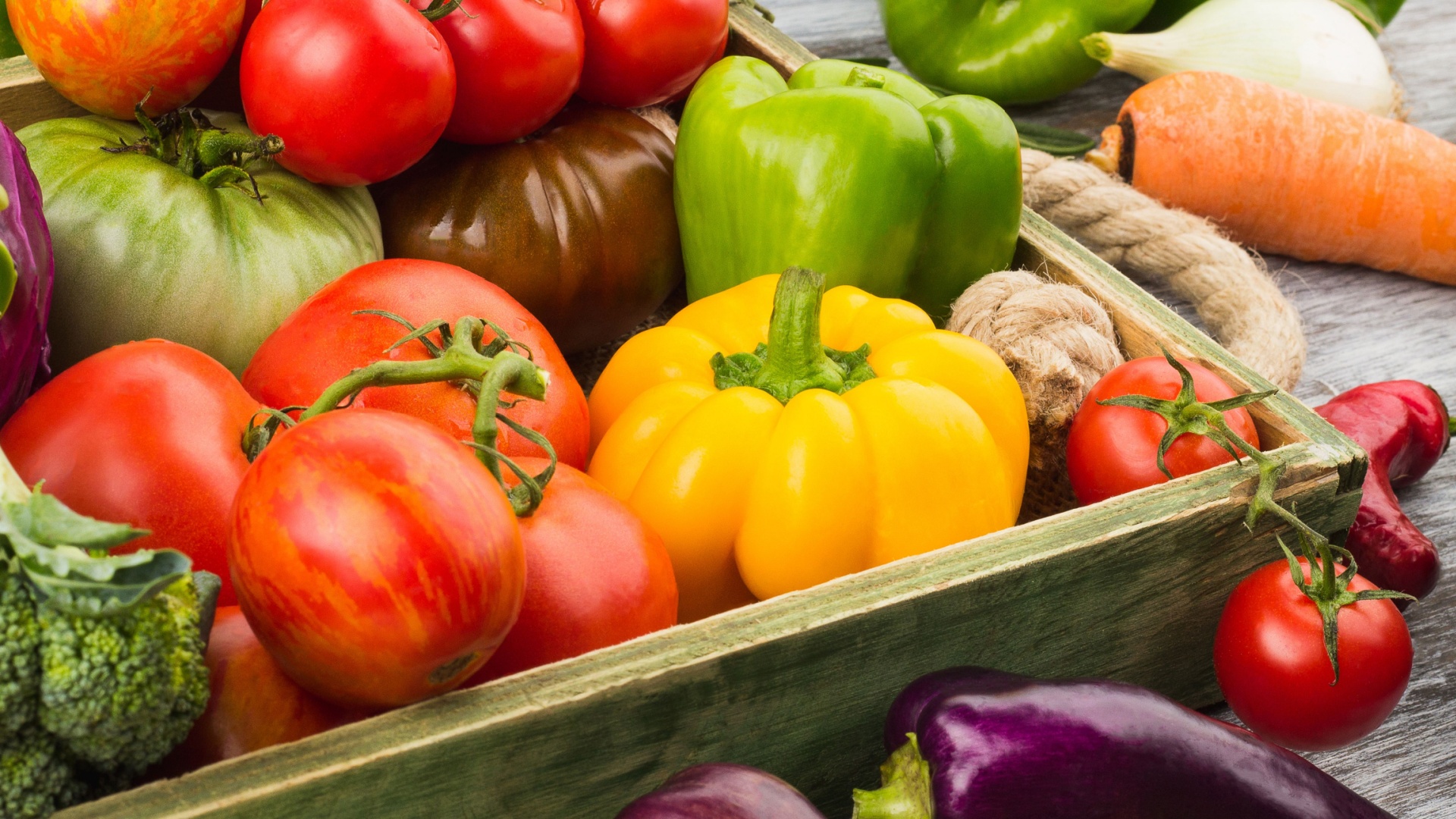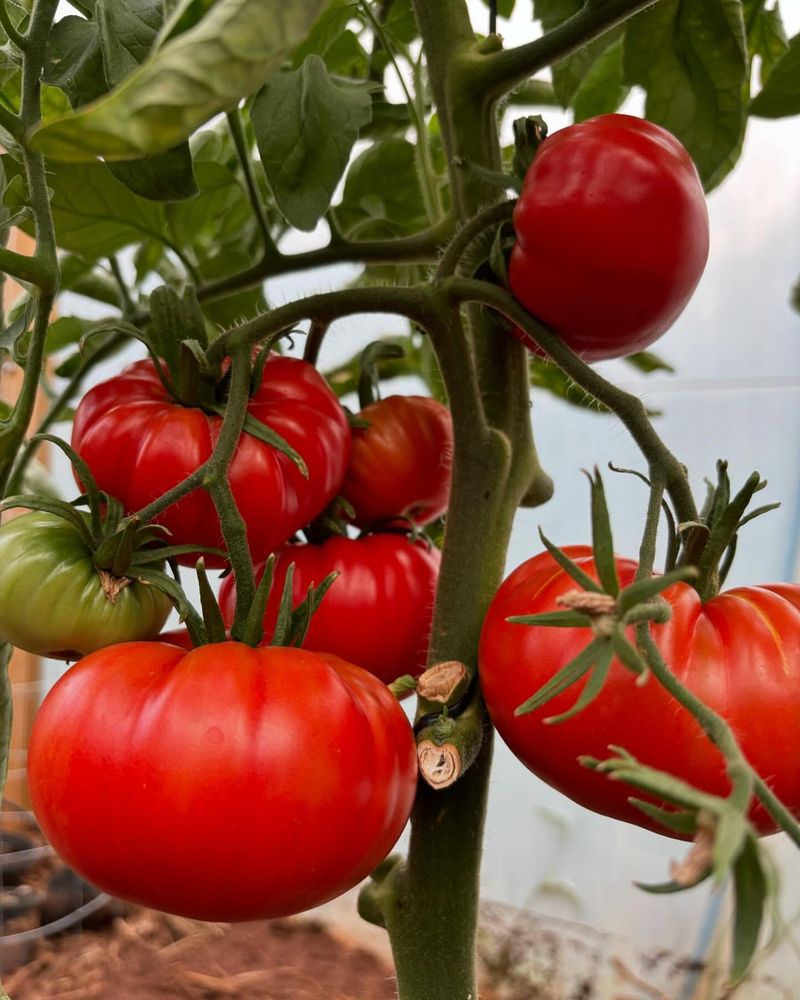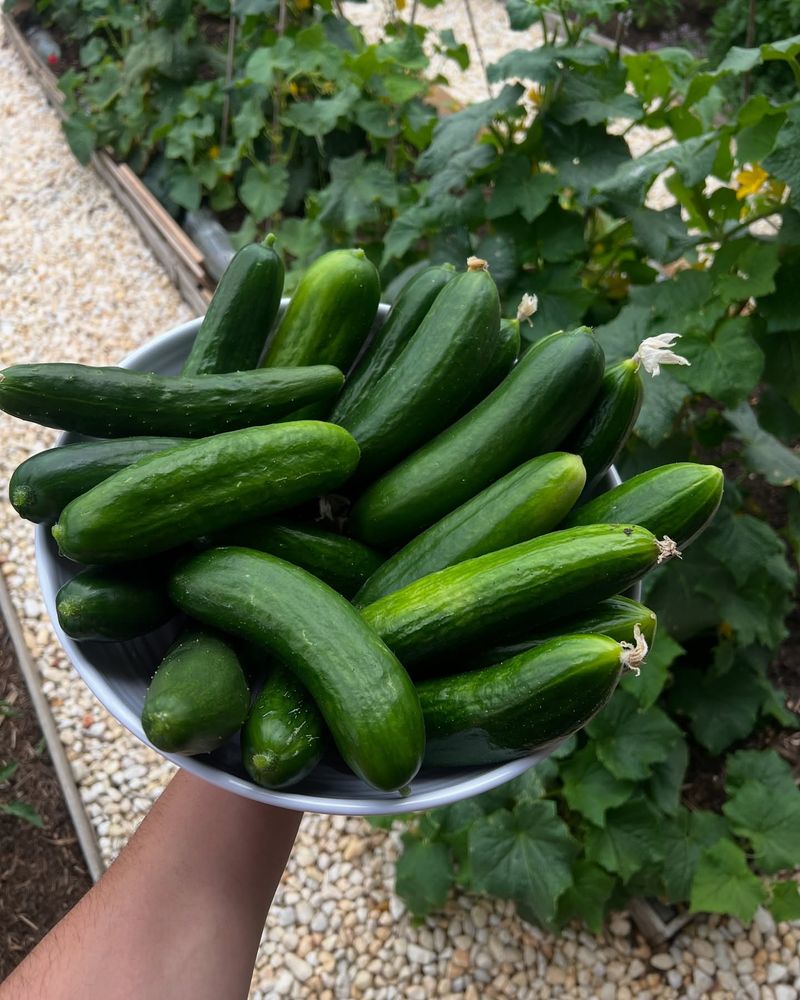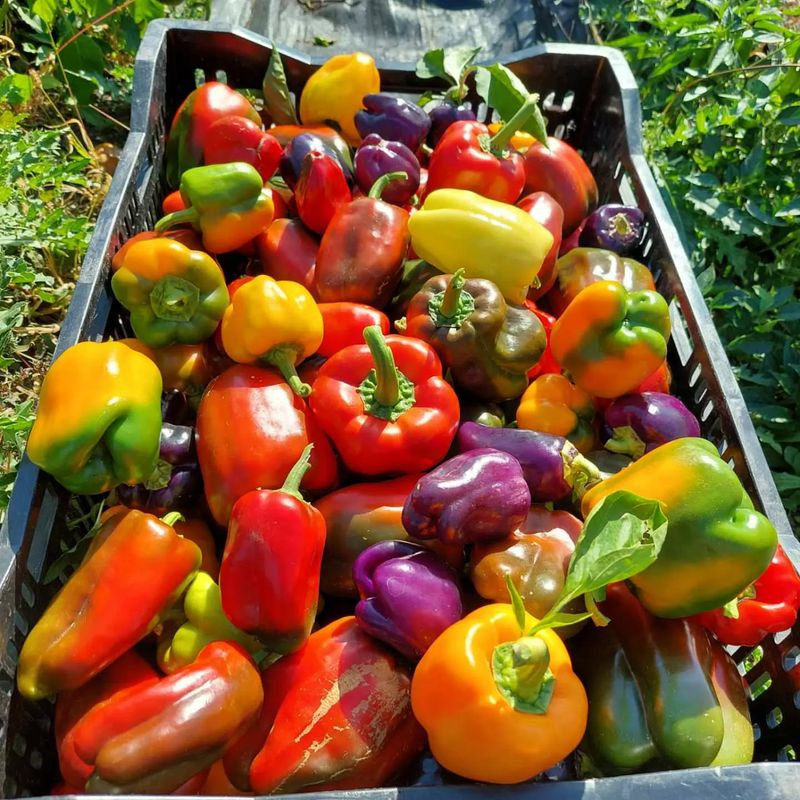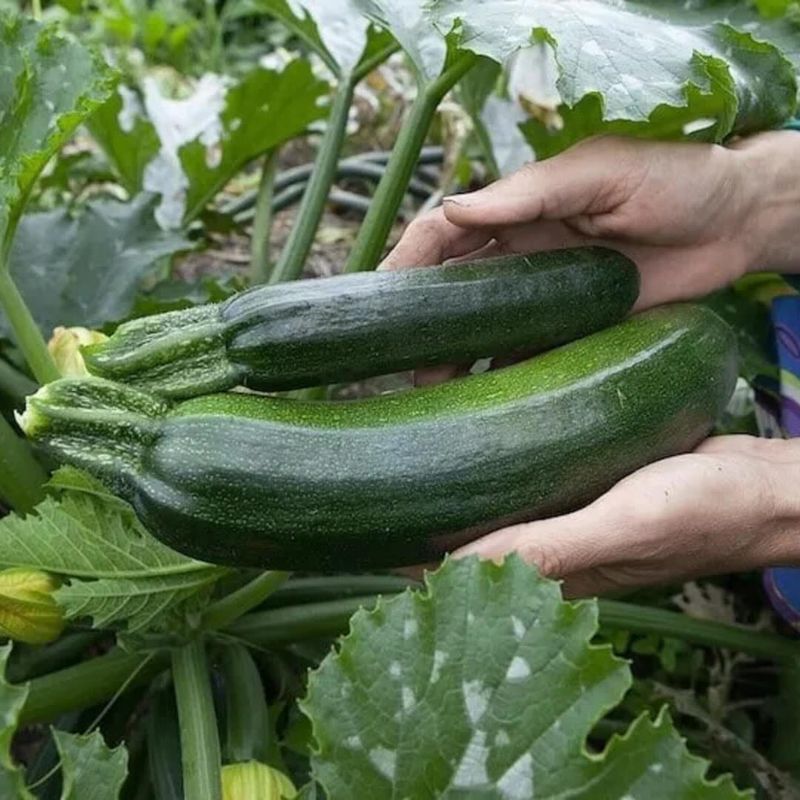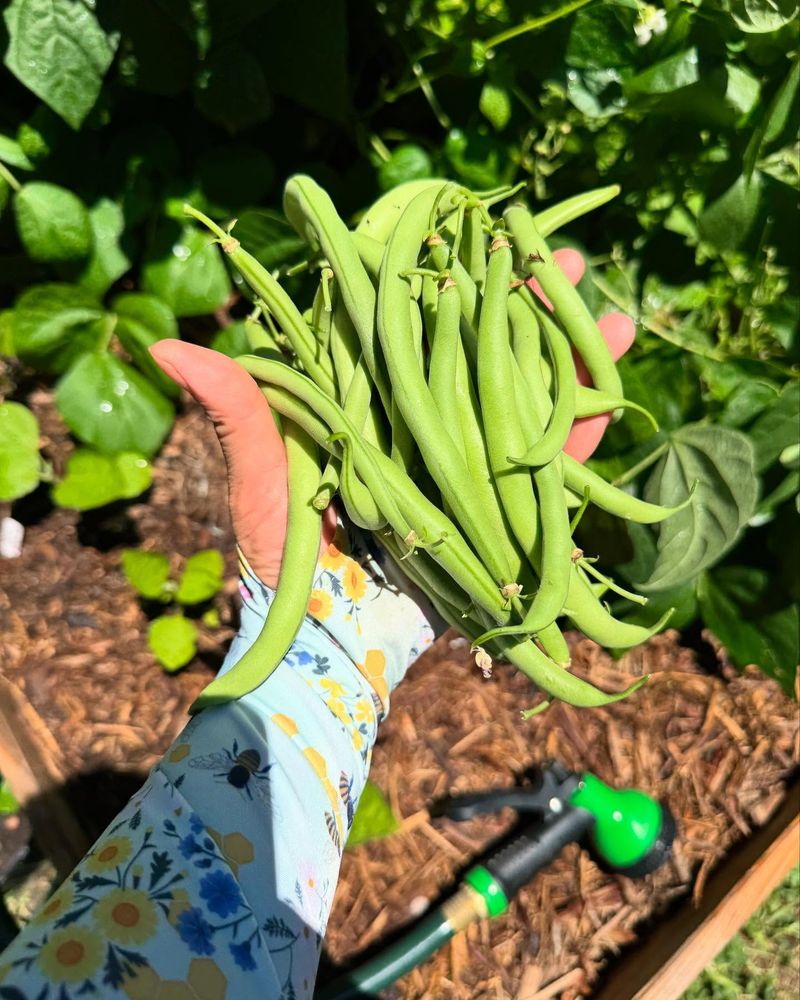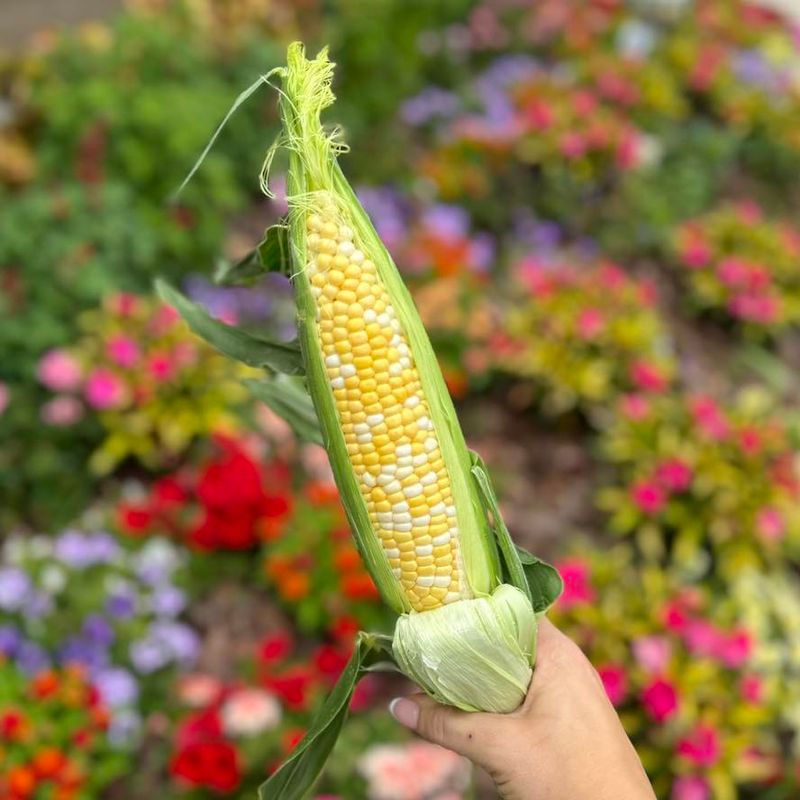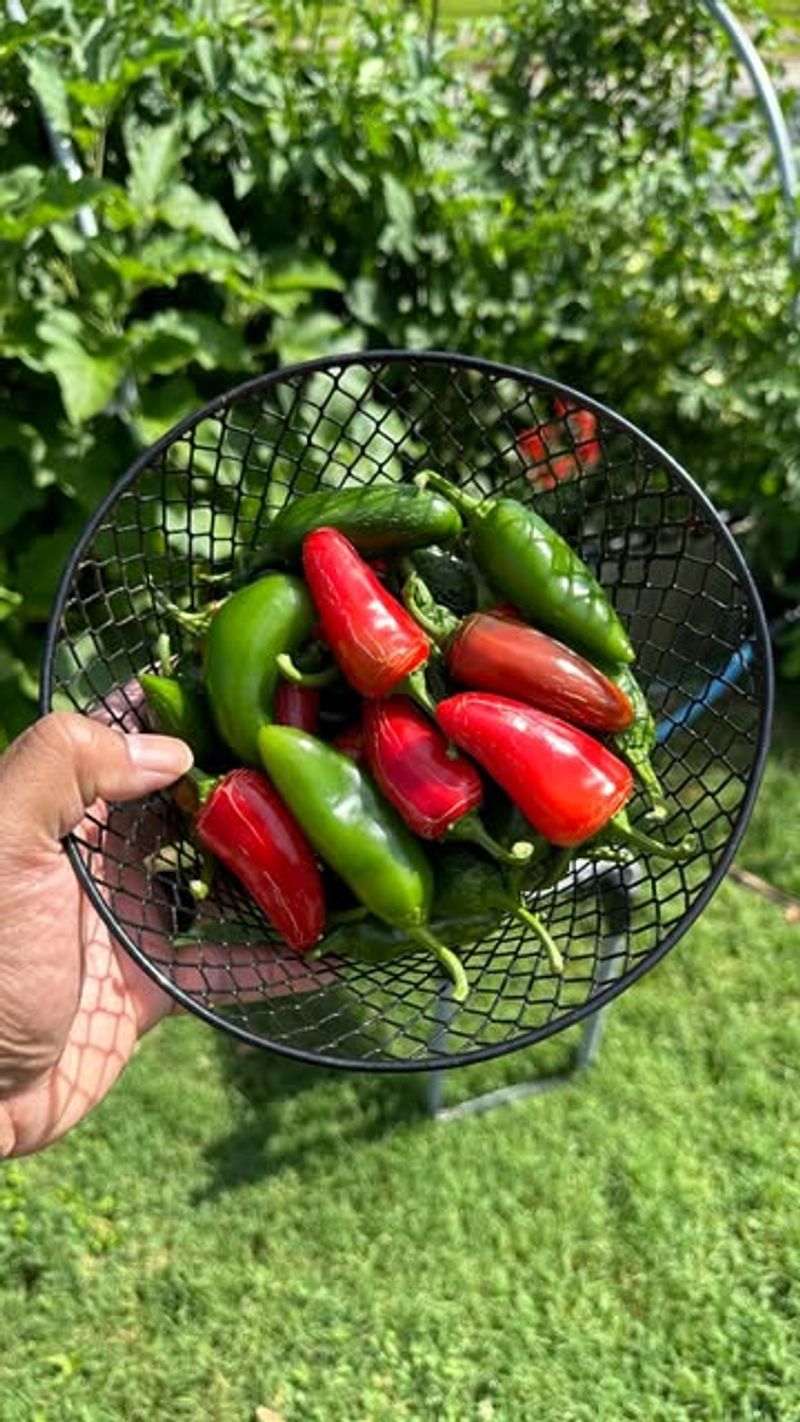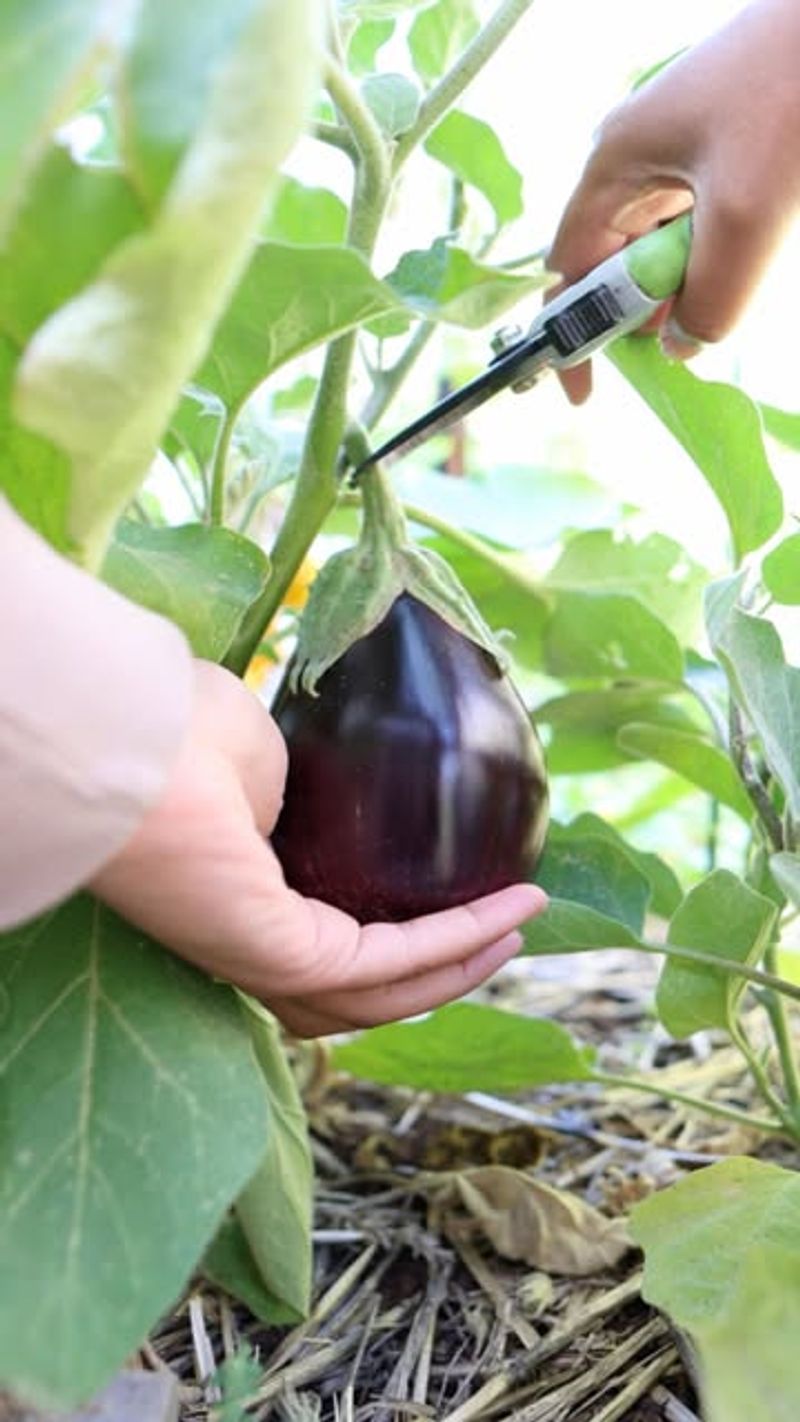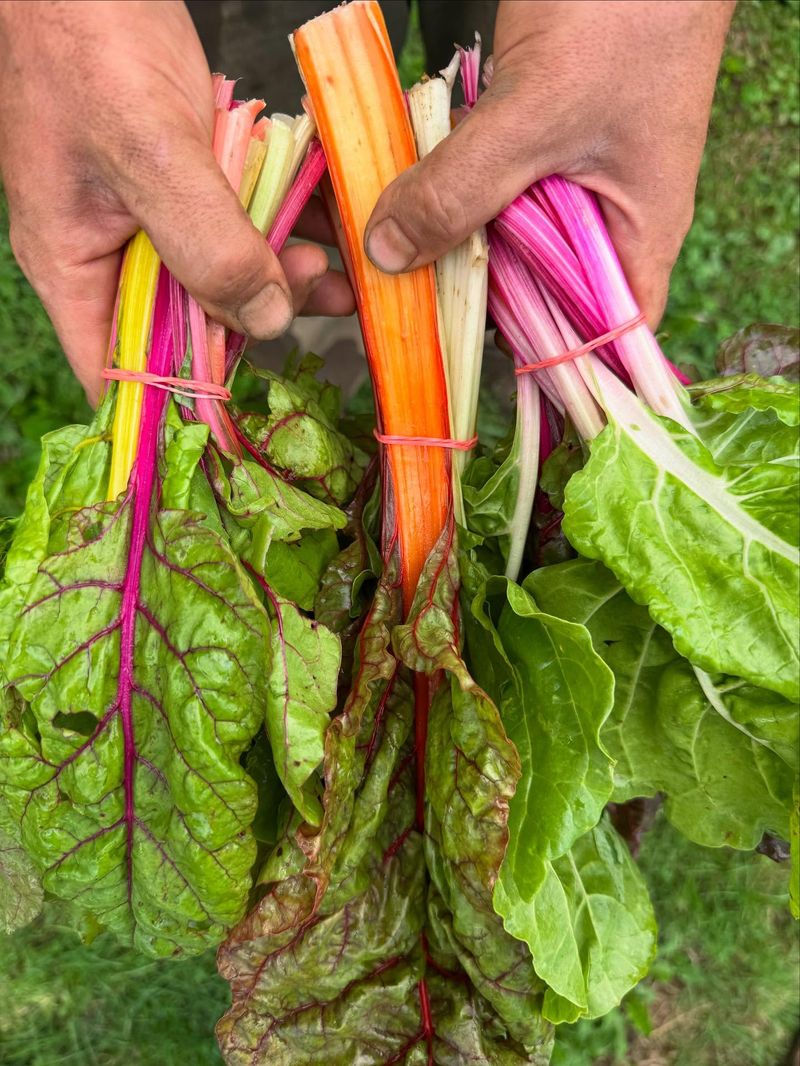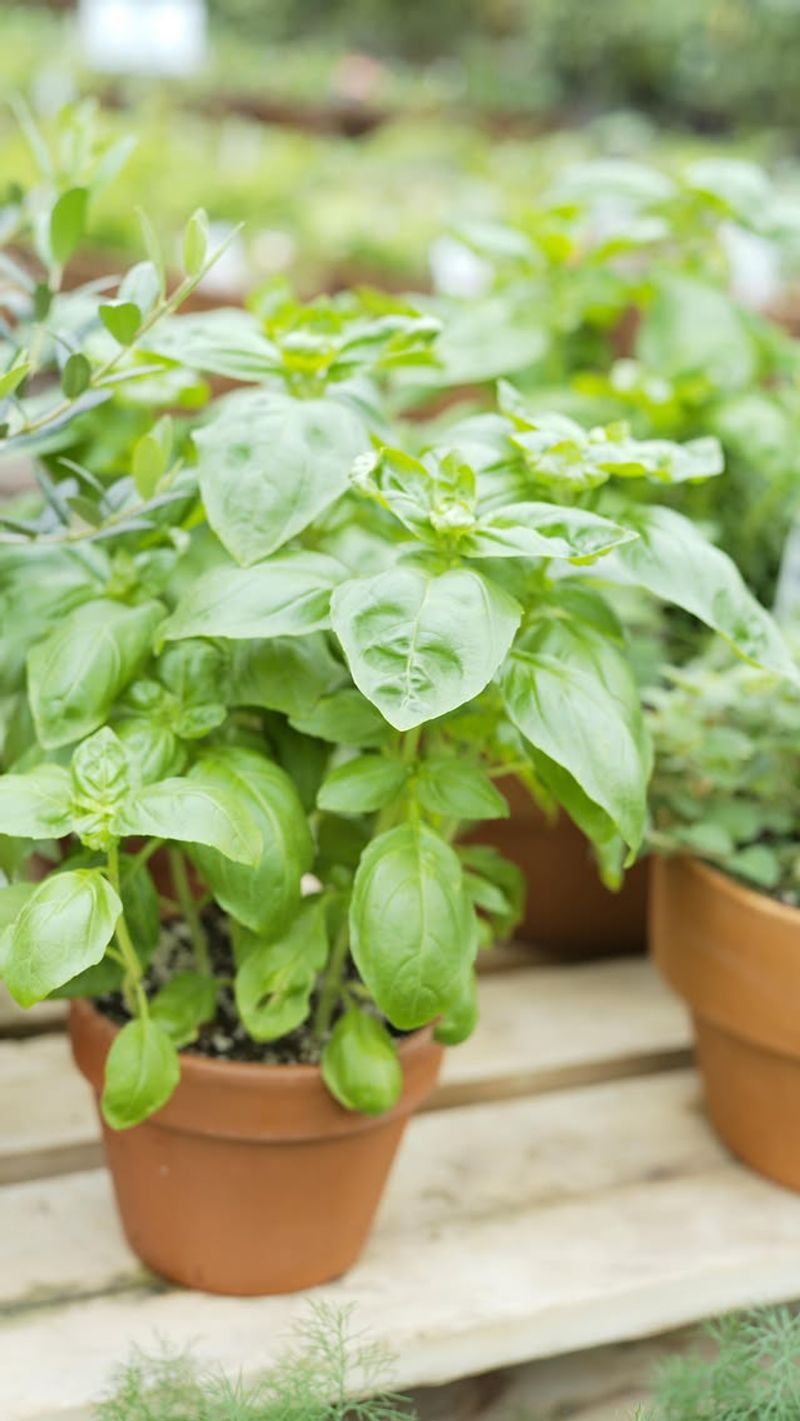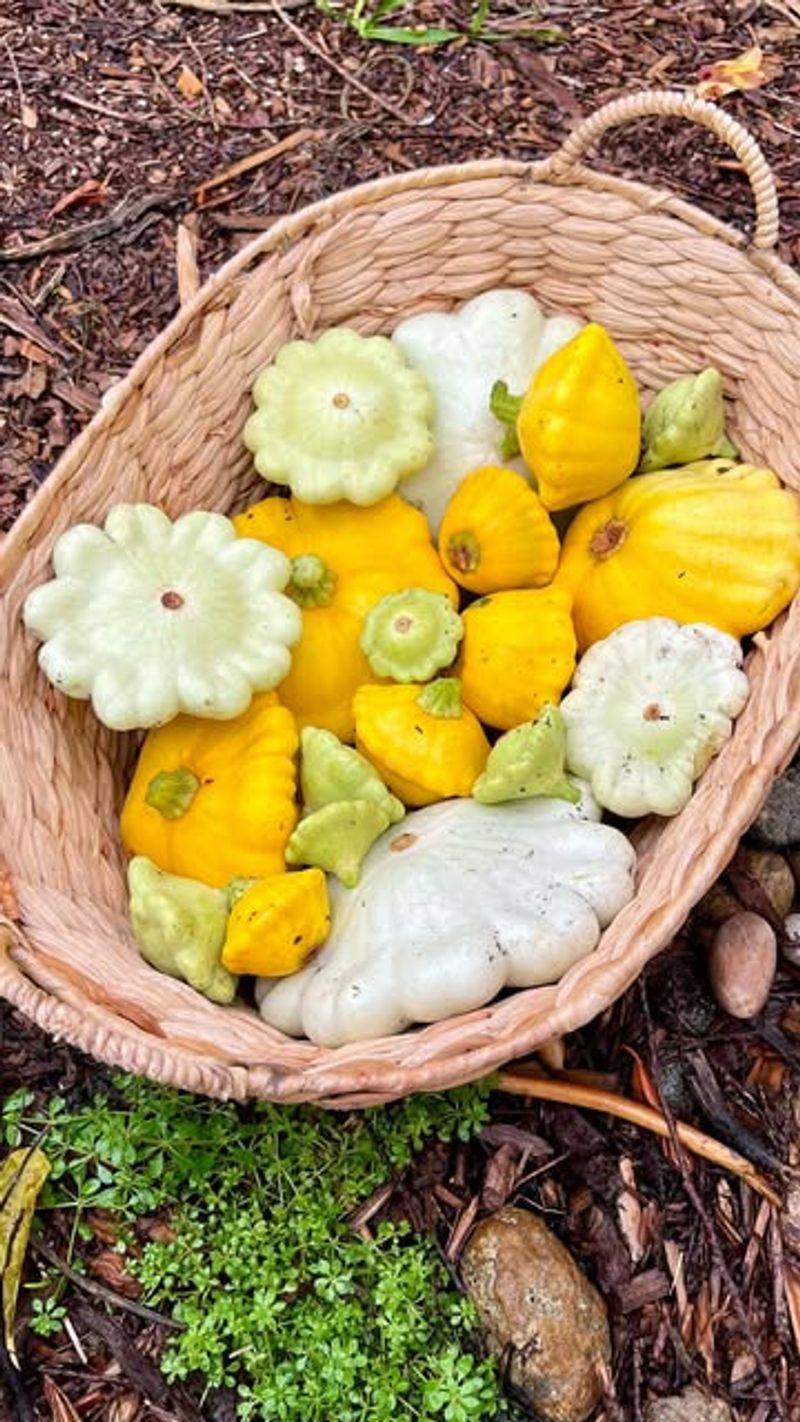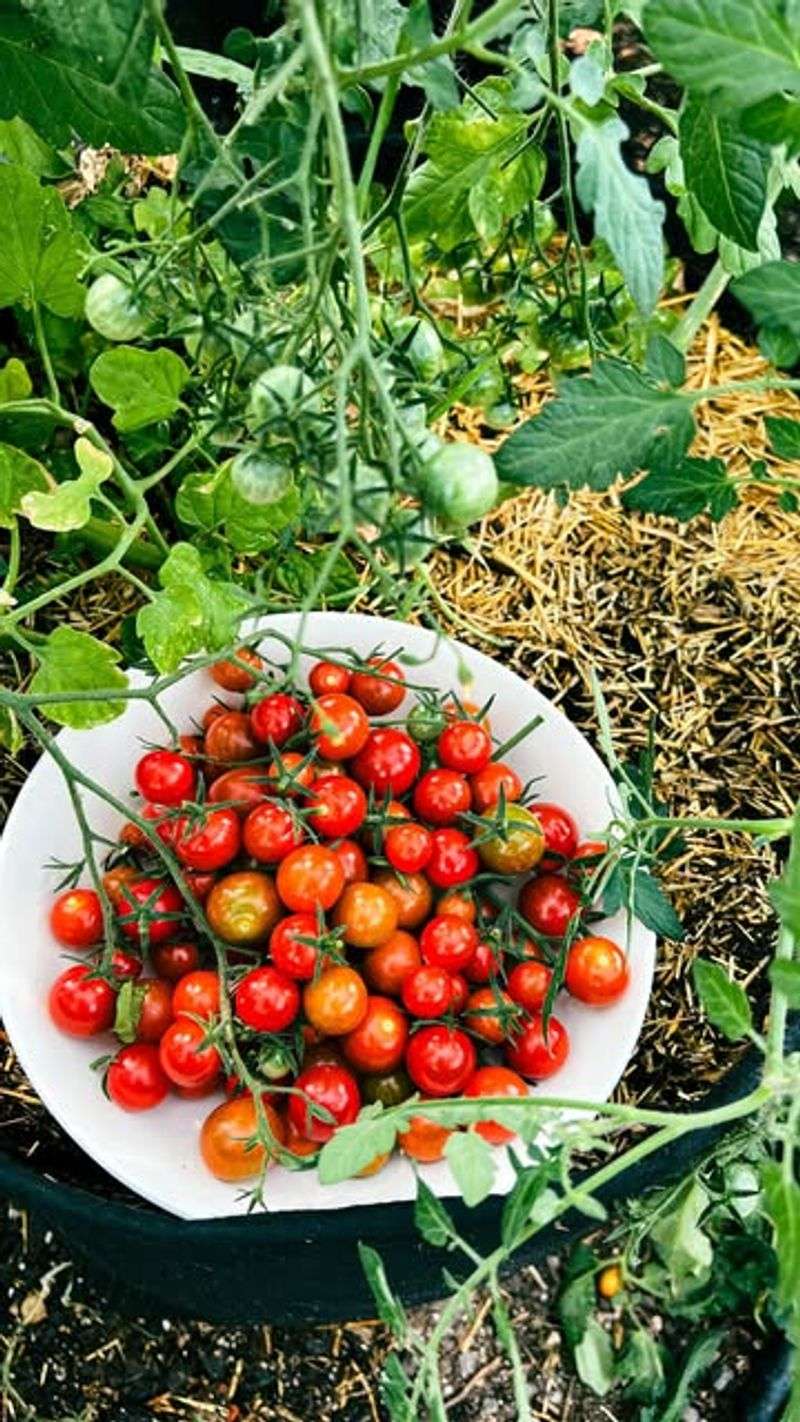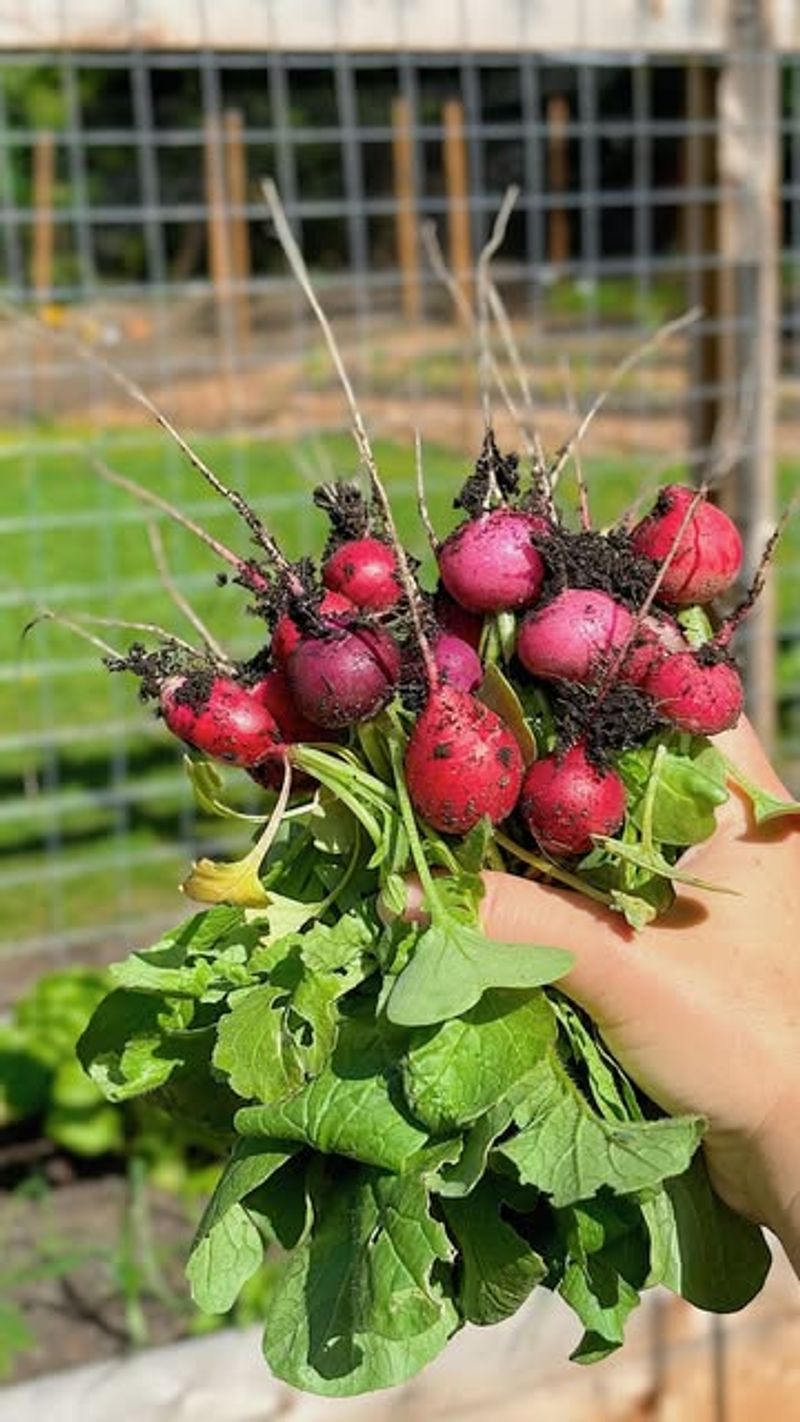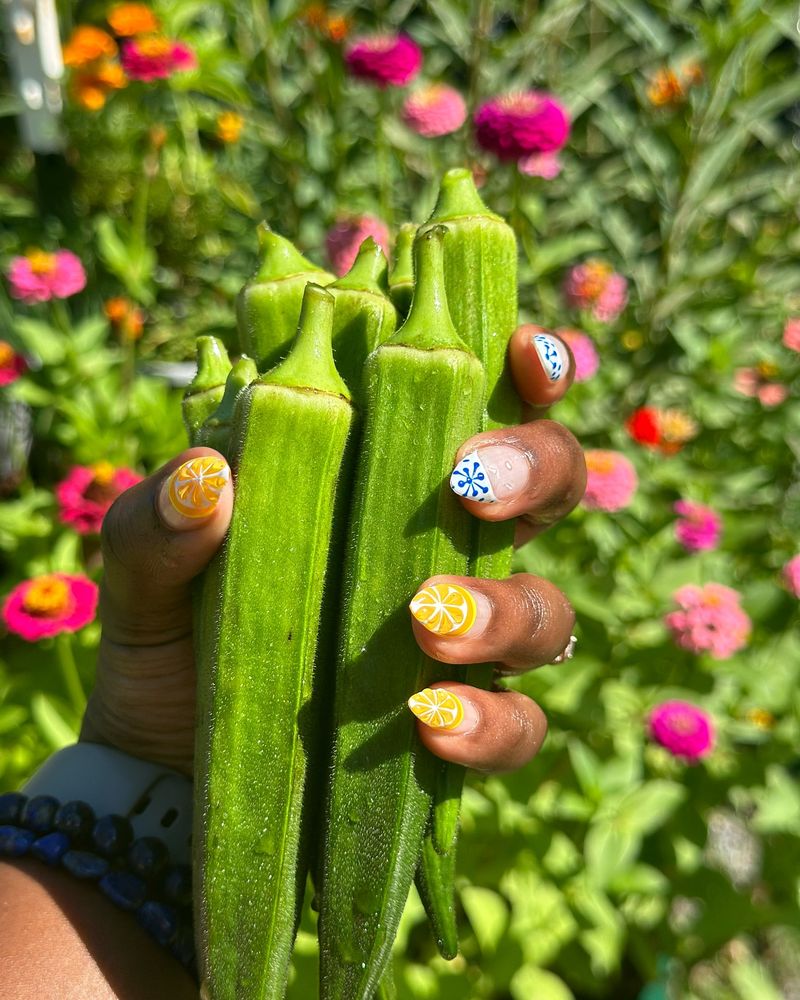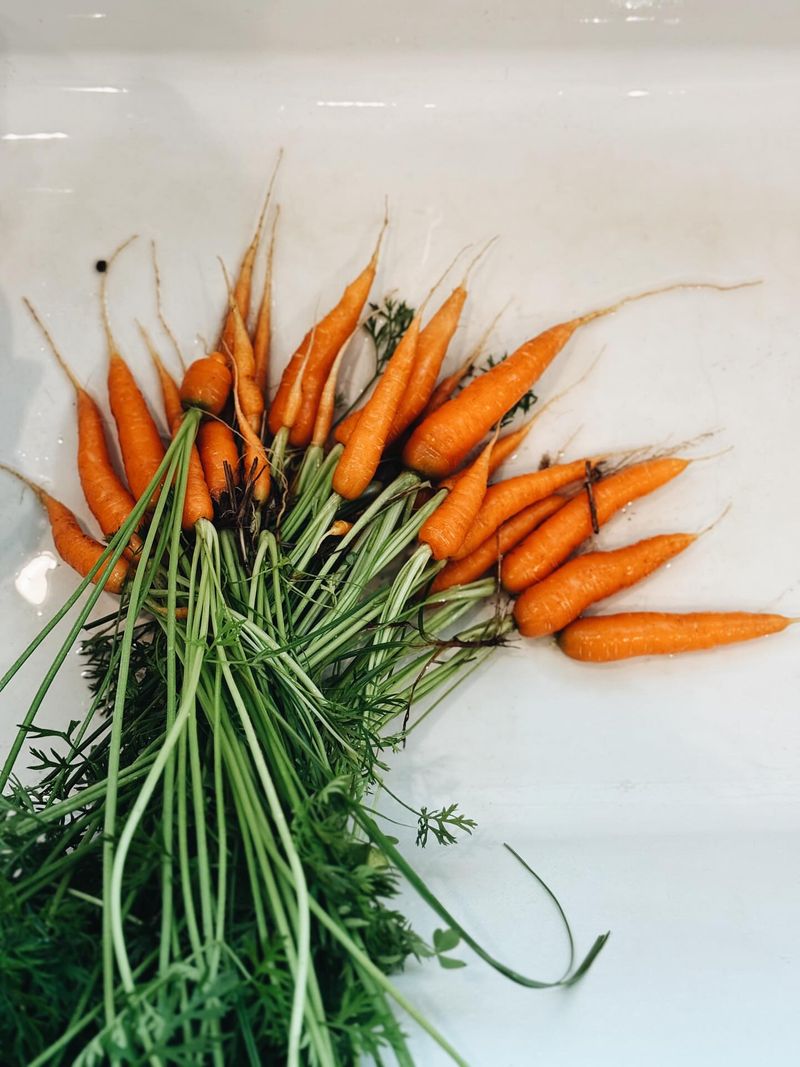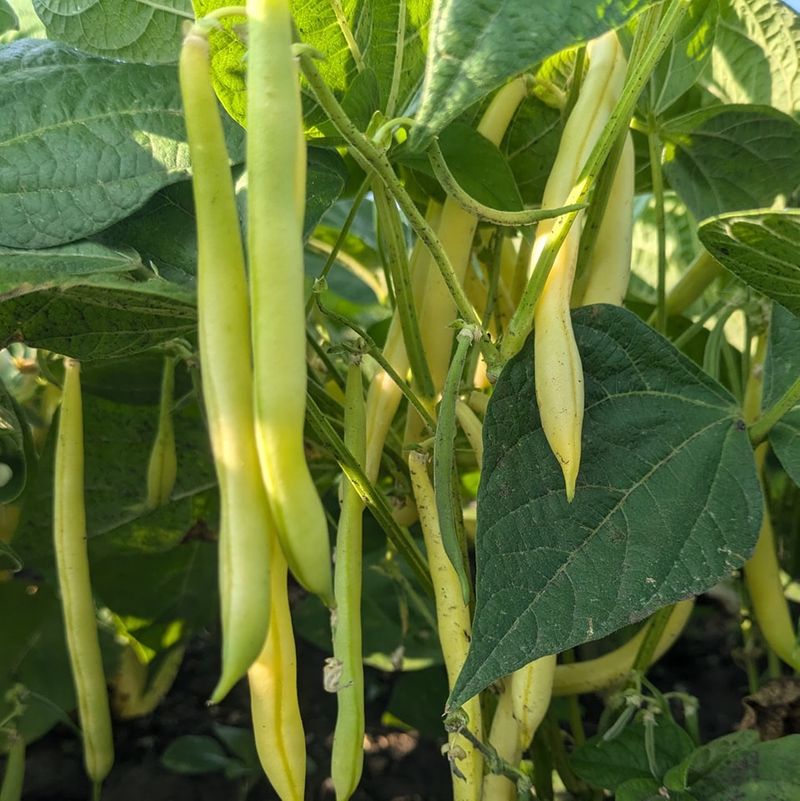Summer’s in full swing—and so is your garden. If you’re growing vegetables, now’s the time to start picking! These 16 summer veggies are at their peak and ready to harvest right now.
Plus, we’ll show you exactly what to do with them—from quick meals to preserving for later—so nothing goes to waste.
1. Sun-Ripened Tomatoes
Garden tomatoes bear little resemblance to their grocery store cousins. When perfectly ripe, they should give slightly to gentle pressure and easily twist off the vine. Their sweet-tart flavor shines brightest when eaten fresh.
Try making a quick bruschetta by chopping tomatoes with basil, garlic, and olive oil. For a refreshing summer treat, slice them with fresh mozzarella and a drizzle of balsamic vinegar for a classic Caprese salad.
2. Crisp Cucumbers
Cucumbers grow quickly and can become oversized and bitter if left too long. Harvest when they’re medium-sized with firm, dark green skin for the best flavor and texture. The morning is ideal harvesting time when they’re most hydrated.
Beyond salads, try quick-pickling cucumber slices with vinegar, salt, and dill for a tangy snack. Blend them into cold soups or infuse a pitcher of water with cucumber slices and mint for a refreshing summer drink.
3. Sweet Bell Peppers
Bell peppers transform from green to yellow, orange, or red as they ripen, becoming increasingly sweeter. Green peppers are technically unripe, while colored varieties have matured longer on the plant, developing more nutrients and natural sugars.
Roast them whole until charred, then peel for smoky-sweet additions to sandwiches. Stuff halved peppers with a mixture of cooked quinoa, beans, and cheese before baking for a simple vegetarian meal. Raw pepper strips make perfect dippers for hummus or ranch dressing.
4. Zesty Zucchini
Zucchini grows almost overnight! Pick them when they’re 6-8 inches long for tender flesh and fewer seeds. Use a knife rather than twisting to avoid damaging the plant, which will continue producing all summer long.
Spiralize zucchini into noodles for a low-carb pasta alternative. Grate them into pancake or muffin batter for moisture and nutrition. For a quick side dish, sauté zucchini coins with garlic and finish with a squeeze of lemon and sprinkle of parmesan.
5. Flavorful Green Beans
Green beans taste best when picked young and slender, before the beans inside become too developed. Regular harvesting encourages plants to keep producing throughout summer. The pods should snap crisply when bent – that’s how they got the nickname “snap beans.”
Blanch green beans briefly in boiling water, then plunge into ice water for vibrant color and perfect texture. Toss with toasted almonds and butter for a classic side dish. They also pickle beautifully for longer storage.
6. Sweet Corn
Nothing says summer like fresh corn on the cob! Harvest when silks turn brown and dry, and kernels produce a milky juice when punctured with a fingernail. For best sweetness, eat corn immediately after picking – its natural sugars start converting to starch right away.
Beyond the classic boiled corn with butter, try grilling corn in the husk for a smoky flavor. Cut kernels off the cob to add to salads or salsas. Leftover corn makes amazing fritters when mixed with a simple batter.
7. Spicy Jalapeños
Jalapeños develop their heat as they mature. For milder peppers, harvest when they’re bright green and about 3-5 inches long. For maximum spiciness, wait until they develop streaks of red. Always wear gloves when handling hot peppers to protect your skin and eyes.
Make quick pickled jalapeños by slicing them into rings and soaking in vinegar with salt and sugar. Stuff with cream cheese and wrap with bacon for irresistible party appetizers. Finely dice and add to cornbread batter for a southwestern kick.
8. Tender Eggplant
Perfectly ripe eggplants have glossy, firm skin that springs back when gently pressed. Harvest before the skin loses its shine, as overripe eggplants develop bitter flavors and tough seeds. Use pruning shears to cut the thick stem without damaging the plant.
Slice eggplant into rounds, brush with olive oil, and grill until tender for a smoky flavor. Cube and roast with other summer vegetables for a colorful side dish. For a hearty vegetarian main, layer sliced eggplant with tomato sauce and cheese in a simple eggplant parmesan.
9. Leafy Swiss Chard
Swiss chard brings vibrant color to gardens with its rainbow stems and deep green leaves. Harvest outer leaves first, cutting them at the base while leaving the center to continue growing. This “cut and come again” method provides multiple harvests from a single planting.
Younger leaves are tender enough for salads, while larger leaves can be sautéed like spinach. Try braising chopped chard stems with garlic and red pepper flakes until tender. The colorful stems make beautiful additions to stir-fries and vegetable soups.
10. Aromatic Basil
Technically an herb, basil deserves a spot on this list for its prolific summer growth. Regular harvesting prevents flowering and keeps plants bushy. Pinch stems just above a set of leaves, and the plant will branch at that point, growing even fuller.
Make traditional pesto by blending basil with pine nuts, garlic, parmesan, and olive oil. Tear fresh leaves over summer tomato dishes for an instant flavor boost. Infuse olive oil with basil for a versatile kitchen staple, or freeze chopped basil in ice cube trays with water or oil.
11. Juicy Summer Squash
Yellow summer squash and patty pans are at their prime when small to medium-sized. The skin should be tender enough to pierce easily with a fingernail. Like zucchini, they grow rapidly and taste best when harvested young, before seeds develop fully.
Slice summer squash thinly and marinate briefly in lemon juice before adding to salads raw. Halve small squash lengthwise and grill for smoky sweetness. For a simple side, sauté diced summer squash with onions and finish with fresh herbs and a splash of vinegar.
12. Plump Cherry Tomatoes
Cherry tomatoes often ripen earlier than their larger cousins and produce abundantly throughout summer. Harvest when fully colored and slightly soft to touch. Many varieties will naturally split if left on the vine too long, especially after rain.
Thread cherry tomatoes onto skewers and grill briefly for a smoky-sweet treat. Roast them with olive oil until they burst, creating an instant pasta sauce. For a beautiful appetizer, marinate cherry tomatoes with herbs and serve with toothpicks and soft cheese.
13. Crisp Radishes
Summer radishes grow incredibly fast – some varieties are ready just 3-4 weeks after planting! Harvest when they reach marble to golf ball size for the best flavor and texture. Leaving them too long results in pithy, woody texture and overly spicy flavor.
Slice radishes thinly for salads or sandwiches, where their peppery crunch shines. Try roasting them whole with olive oil to mellow their sharpness and bring out natural sweetness. For a simple snack, serve radishes with butter and flaky salt, French-bistro style.
14. Snappy Okra
Okra pods grow rapidly in hot weather and should be harvested when 2-4 inches long, depending on the variety. Pick them every couple of days, as they quickly become tough and woody. Use garden shears to cut pods from the plant, as the stems are sturdy.
Southern classics like gumbo and fried okra showcase this vegetable’s unique texture. Roasting whole small pods at high heat minimizes the sliminess some people dislike. Pickle okra for a crunchy, tangy addition to summer barbecues or bloody mary garnishes.
15. Tender Baby Carrots
True baby carrots (not the whittled-down supermarket version) are sweet summer treats. Harvest when tops reach 1/2 to 3/4 inch in diameter for tender, flavorful roots. Gently loosen soil around the carrot before pulling to avoid breakage.
Young carrots need minimal preparation – just scrub clean rather than peeling to preserve nutrients. Roast whole baby carrots with honey and thyme for natural sweetness. Pickle them with dill for a colorful addition to relish trays, or grill them briefly for a smoky-sweet side dish.
16. Abundant Bush Beans
Bush beans differ from pole beans by growing on compact plants rather than vines. They produce their crop all at once, making them perfect for canning or freezing. Harvest when pods are firm and beans inside are still small.
Yellow wax beans and purple varieties add beautiful color to summer meals alongside green beans. Steam lightly to preserve their crisp texture and bright color. Toss warm beans with herb-infused oil and lemon zest for a simple side dish, or add to pasta salads for protein and crunch.

